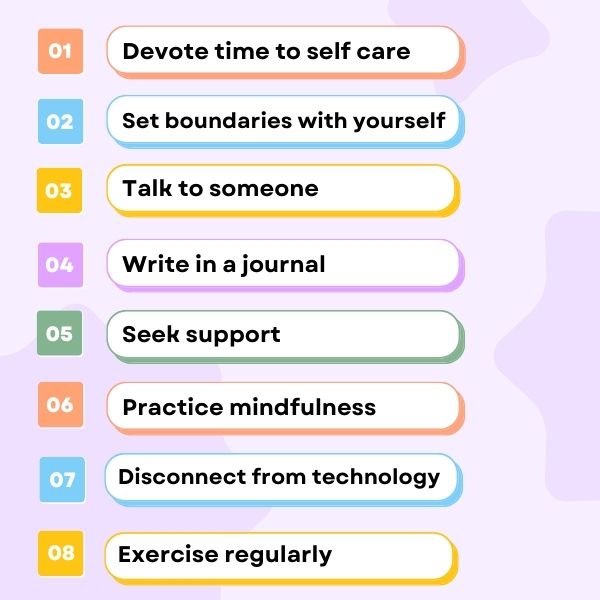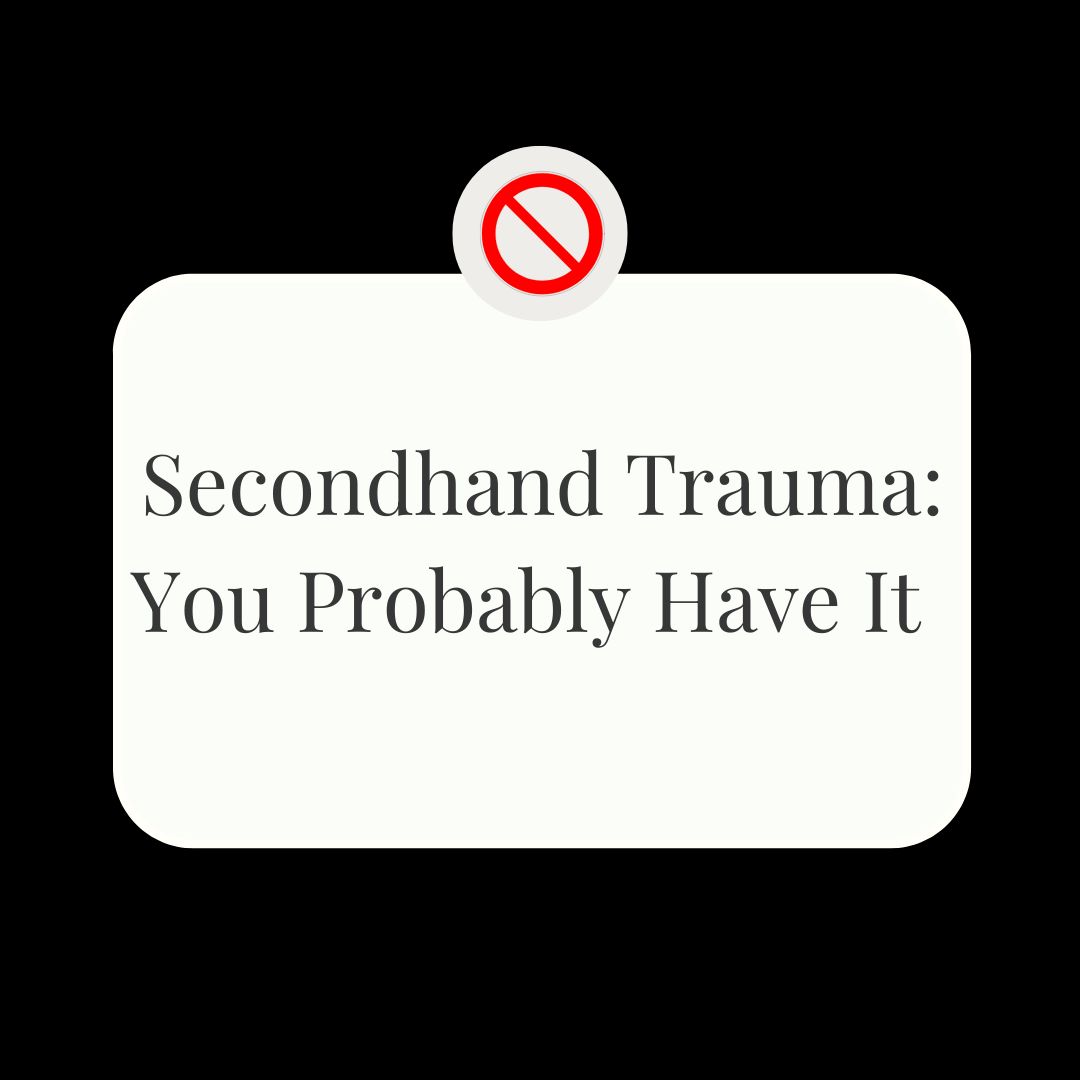Are Your Clients Giving You Secondhand Trauma?
How Hairdressers Can Manage Secondhand Trauma: Recognizing Symptoms, Coping Skills & More
Hairdressers do more than hair: They create a safe space for clients, provide some much-needed self care, listen and give advice when asked. But, with this support can come an unexpected consequence: Secondhand trauma. Keep reading to learn what secondhand trauma is, how to recognize the symptoms and deal with the effects.
1. What is Secondhand Trauma?
Secondhand trauma occurs when you experience the effects of another person’s primary trauma. Hairdressers are in the special position be exposed to secondhand trauma every day, as you’re a source of support for each of your clients. Clients can share details of work, home and life challenges without realizing the adverse effects.
Give yourself the gift of luxury, 100% handcrafted Japanese scissors this year—at a discount!
2. Recognizing the Symptoms:
Symptoms can vary from person to person, but some commons signs and symptoms of secondhand trauma can include:
1. Anxiety: Feeling anxious, fearful or uneasy
2. Emotional Withdrawal: Feeling less sociable or withdrawn
3. Depression: Feeling sad, hopeless, having a reduced appetite or lost of interest in activities you once enjoyed
4. Chronic Fatigue: Feeling emotionally and physically drained (even when you haven’t done anything physically strenuous)
5. Physical Symptoms: Experiencing headaches, nausea or difficulty breathing
6. Irritability: Feelings of irritability, anger or feelings of frustration
Daily Check-In: We’re always asking everyone around us how they are feeling, but what about ourselves?! Remember to ask yourself the following questions to keep your mental health in mind:


3. Ways to Deal with Secondhand Trauma: Save These 8 Tips
The most important part of witnessing secondhand trauma is managing it. Here are a few techniques to help you cope with the symptoms:
1. Focus on self care: Engage in activities that help you relax! Some of our favorites are meditation, yoga or a warm bath
2. Set boundaries with yourself: Try to limit your exposure to news, TV shows or social media accounts that put you in a bad mood
3. Talk to someone: Your friends are here for you! Discuss your feelings with a trusted friend, family member or mental health professional
4. Write about it: If you aren’t as comfortable reaching out to a friend, consider journaling where you can express your thoughts and emotions privately while finding a release
5. Seek support: Join a support group for people who have experienced similar struggles
6. Practice mindfulness: Focus on the present moment and try to avoid anxious thoughts about the future
7. Disconnect: Take a break from technology and engage in mindful activities that keep you present
8. Exercise: Physical activity can help you release tension and reduce stress
Screenshot this for later!









